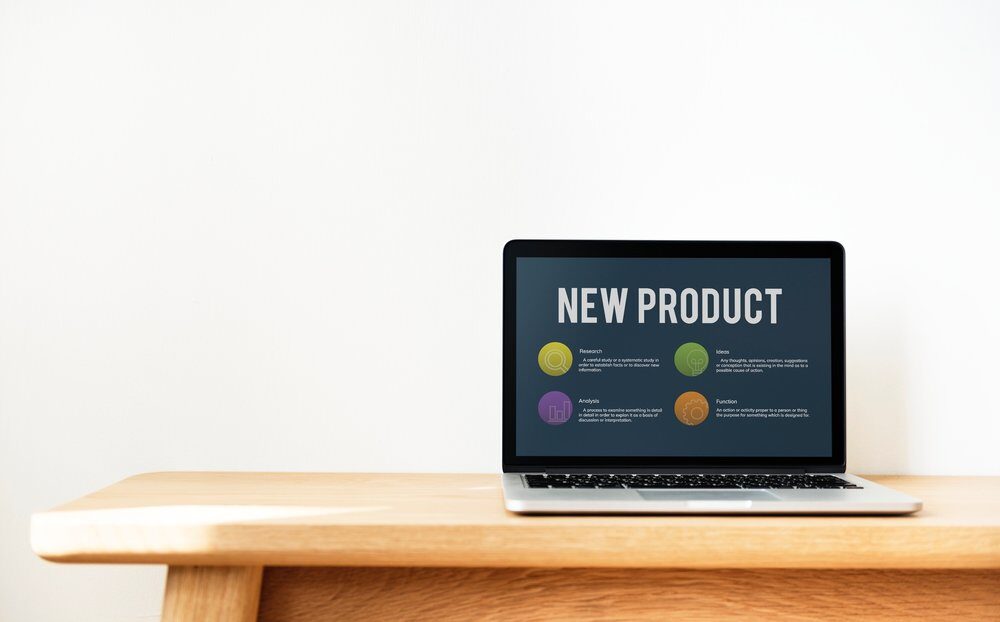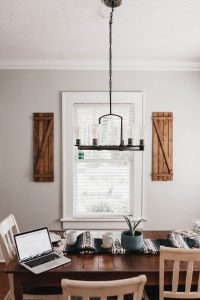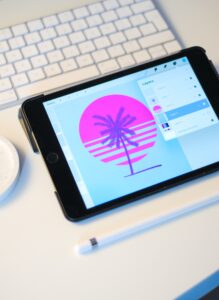
I’m always asked what I do and how I do it so I’m going to tell this from my point of view through my own experiences while giving some advice in between. For non-designers, I know the path is a bit different, but you can get a general idea!
So how do you get started?
Start. There’s not a perfect time to freelance, though if you’re in between jobs or working somewhere for financial reasons but not necessarily career reasons, try finding something to do for a family or friend. Start on personal projects (I’ll explain this more in another post). Look at the market at what’s needed now and build your skill on that. Do a couple (and I literally mean two) things for free for people close to you and let them know this free service is only for them. Create a contract and state that, because even if it’s not earning you a profit, it’s real. It also helps your practice with dealing with contracts (this will take a while to get the right one).
(Storytime):
When I graduated college the first time, we were in between print and digital. Now, digital is a big thing so I have to teach myself layouts for digital layout but still maintain my print skills. the demand isn’t as great but it’s still needed. Also, UI/UX is huge. It’s not something I learned in school so I’m trying to find my way via YouTube videos to help me gain my understanding in it. I’m not marketing myself with this yet because I’m nowhere comfortable doing so, but maybe one day?
Note: not everything that’s “hot” or needed will be something you want to do and that’s OK. I love web design, but development gives me a headache. I know enough to get me from point A to point B, but I don’t enjoy that side of it, so I’ll stick to design.
Contact creative agencies.
They will want you to come in and interview, then you let them know what kind of work you’re looking for (contract to hire, strictly contract, full time, etc). They have companies that seek them for a designer for short or long-term projects and if it’s a right fit, you may land yourself a job. Note: while they do help you, make sure you do your own research too. Sometimes times are dry. Sometimes it’s really “hot” but you don’t want your fate in someone else’s hands.
Evaluate your financial situation and plan.
Are you paying rent? Are you living with someone? Can you afford your basic needs while you try to start? Do you have enough saved for emergencies? Freelancing is nowhere a get rich quick scheme and anyone who tells you is lying. You have to work and sometimes you’re working to profit enough to get a Sonic drink at Happy Hour (don’t worry, we’ll get to pricing next part of the series!). If you’re the sole breadwinner, I would start freelancing part-time as you build your clients and portfolio if you don’t have the savings. Take it from me—you do not want to be stressed financially. It is the worst thing to stress over. Working full time while freelancing on the side isn’t an awful thing, though it can seem stressful. Balance out your projects accordingly and try not to take on too much. Create a savings account and put your freelance money in there if you can.
Let your “competition” be your mentor.
When I started, there were a few designers I envied. I loved seeing the type of projects they were working on and I wanted to do that, dammit!
Let it fuel you instead of cripple you.
Look at how they’re running their business, figure out what you admire and what you’d rather do differently, then map out a plan. I didn’t say copy. Do not copy their work! Do not let your competition make you salty. Competition is healthy if it allows you to up your own game but it is unhealthy if it fills your heart with bitterness and too much envy. If it overcomes you, back away.
Network.
Networking is important, so have business cards in hand and get ready to “sell” your skills. Not only networking away from the computer, but Twitter chats and Facebook groups are other great ways to market yourself.
Word of mouth.
Those two people you did things for? Have them write a testimony for you and make sure it’s public. Have them solemnly swear they will leave a good name (and that you work for a fee).
Create your own projects.
This is also part of the series so I won’t go deep into details with this just yet, but this is important and not as lame as you think it is. If you want to do magazine layouts but the opportunity hasn’t presented itself to you, create your own! You’re not only building your portfolio, you’re figuring out what it’s like to do said thing. Understand design is very complex, so finding a specialty will happen over time.
Be patient.
I have learned this the hard way that someone’s now is not their beginning. Everyone has to start somewhere and there will always be a struggle, but it will be worth it once it’s all said and done.
Feeling a bit better? Awesome! Stay tuned next week for pricing!
Until next time,
C





